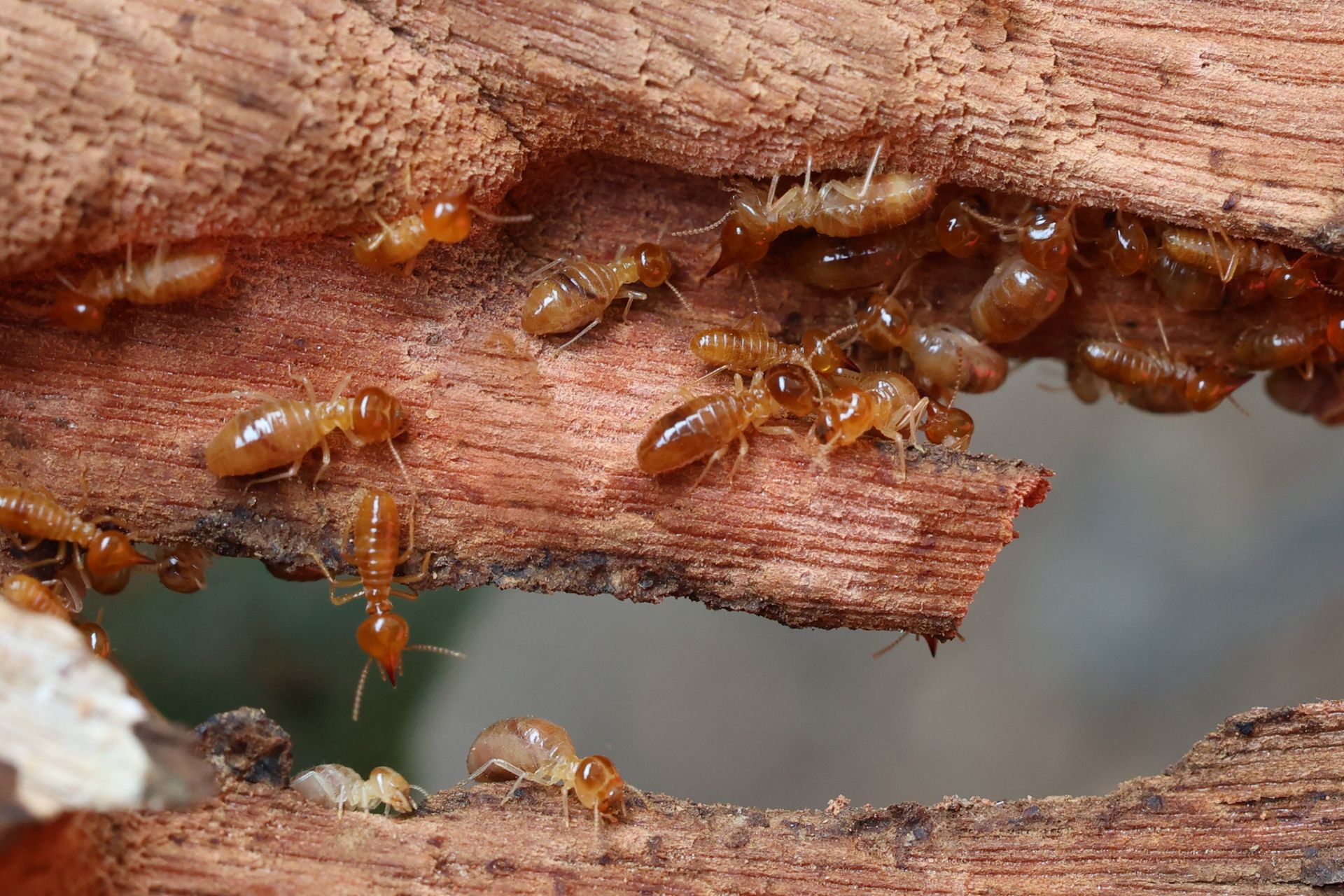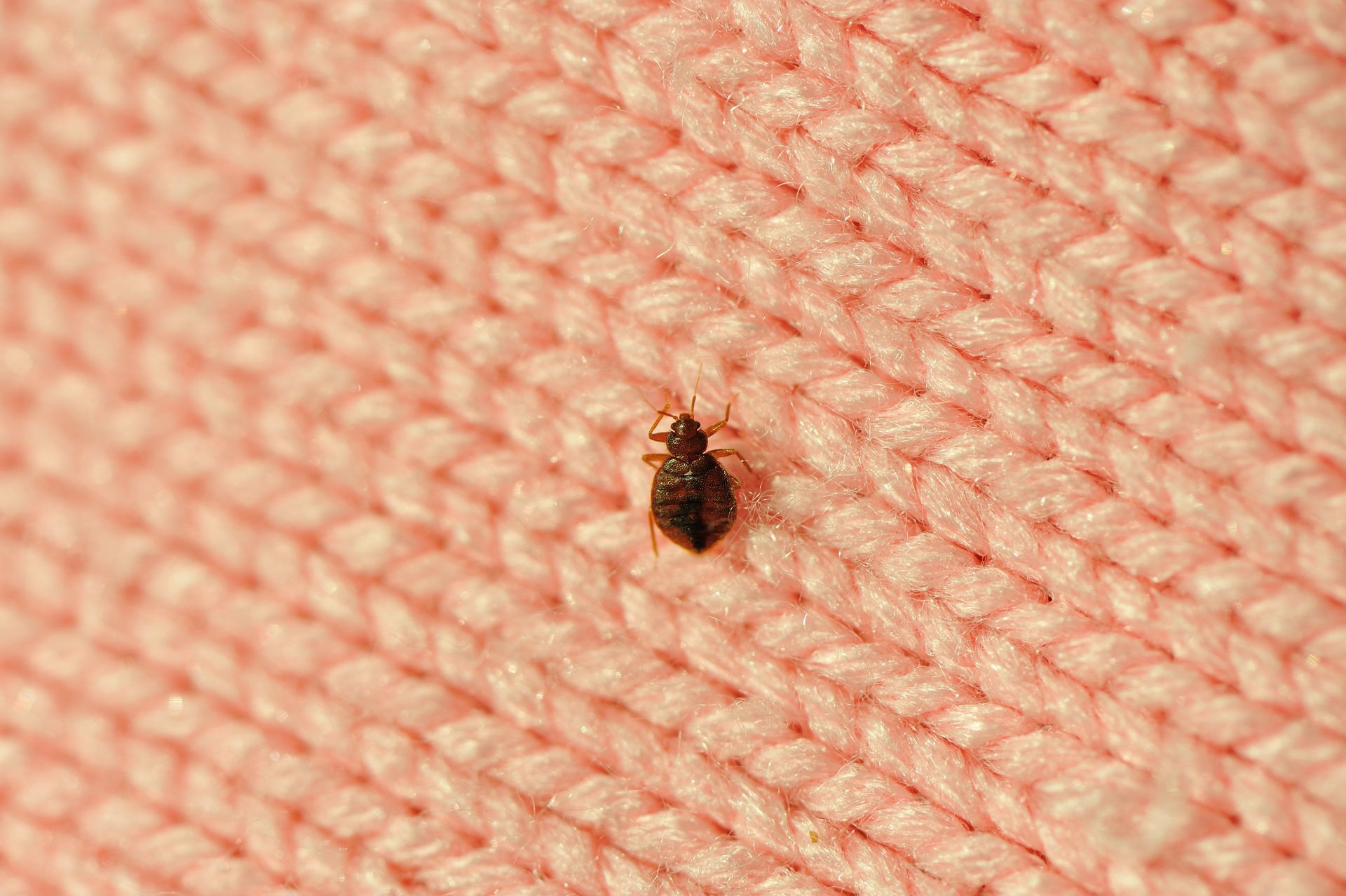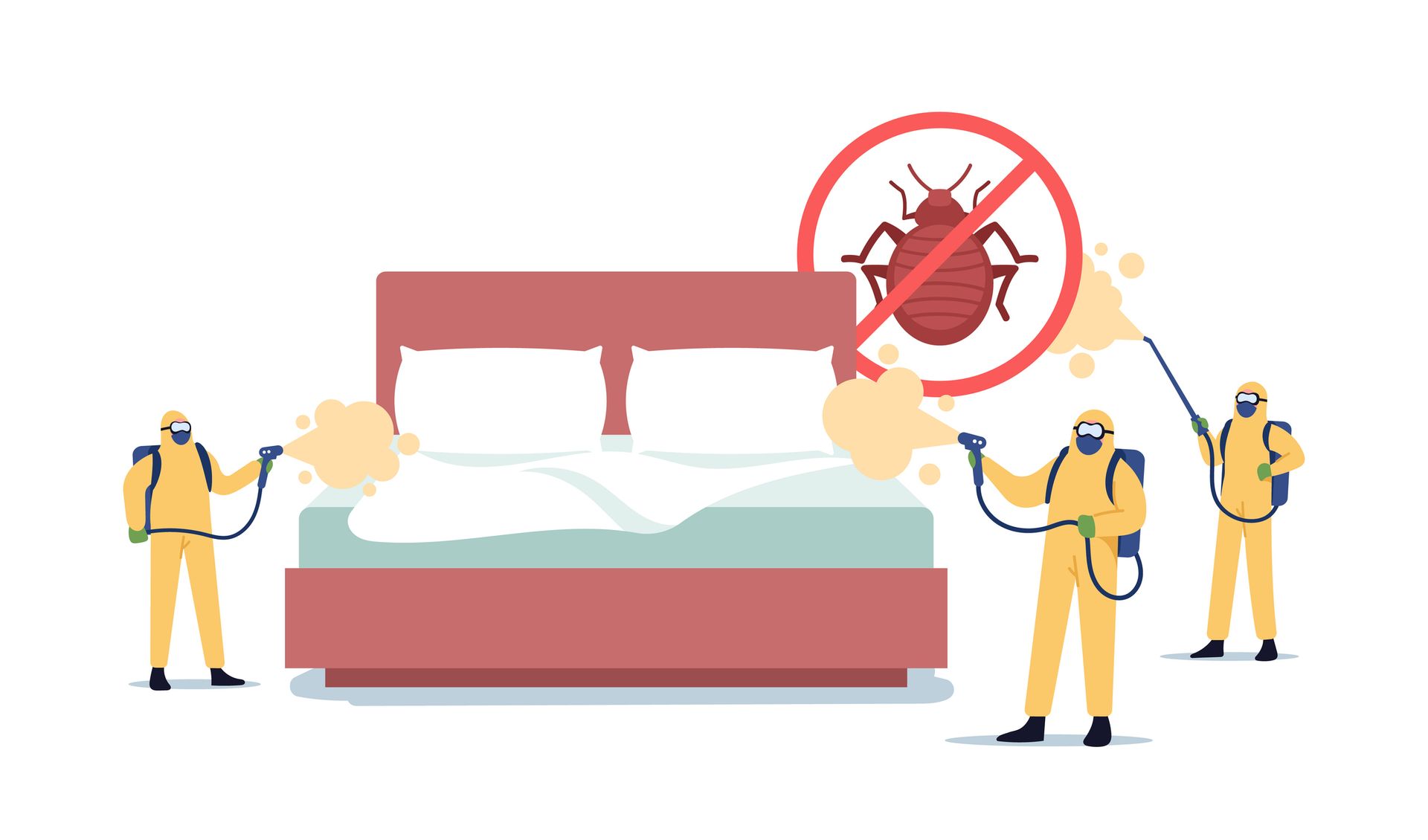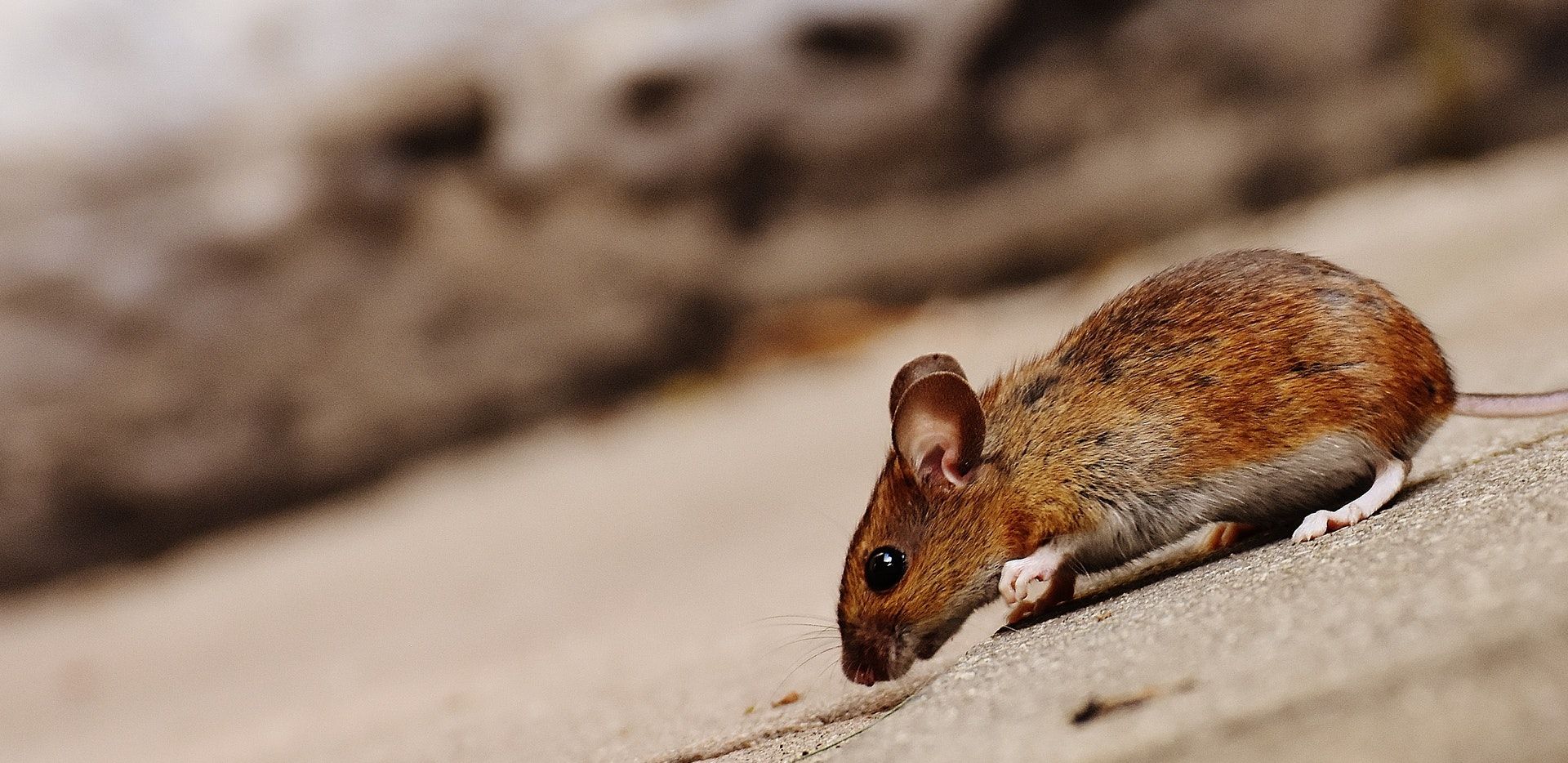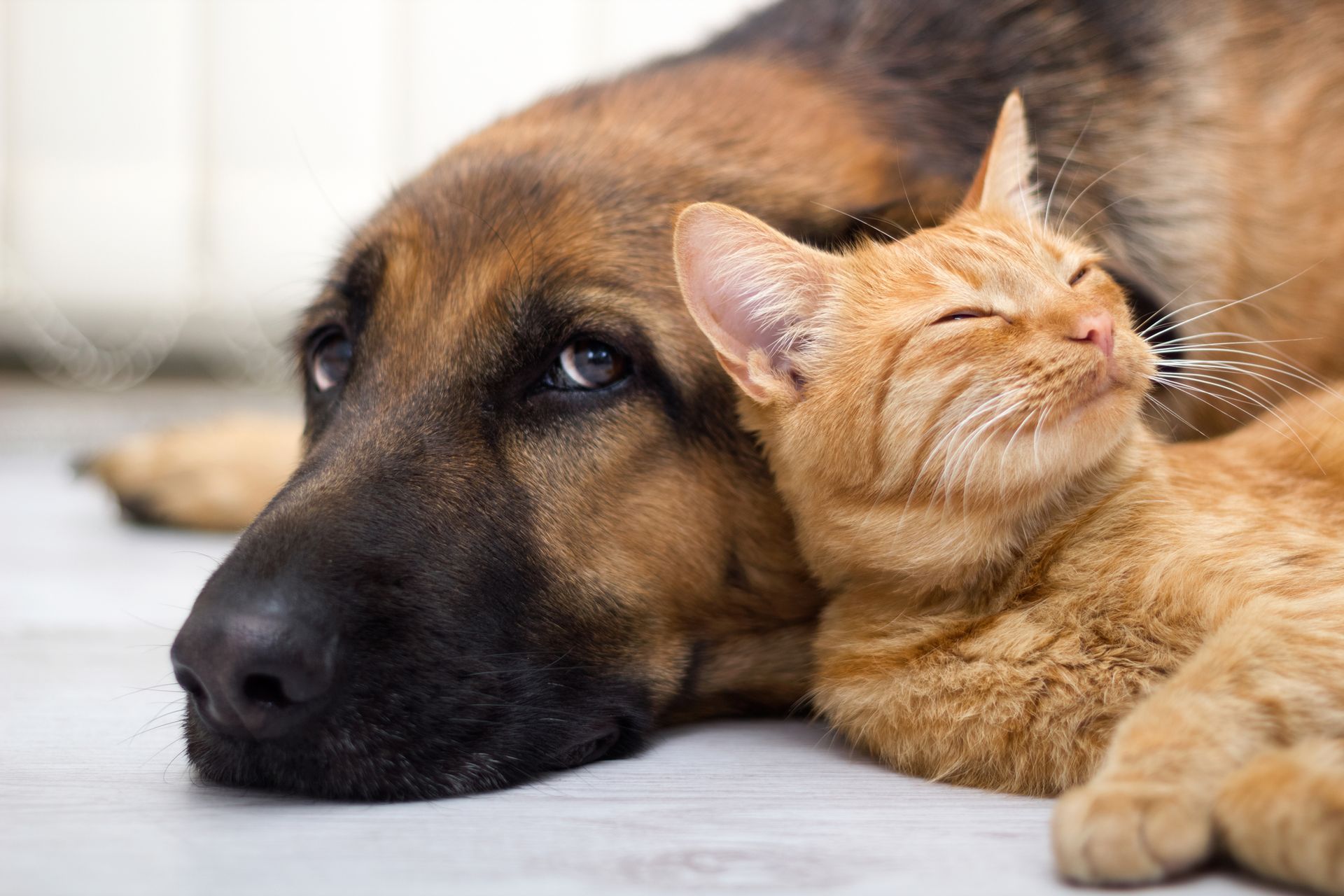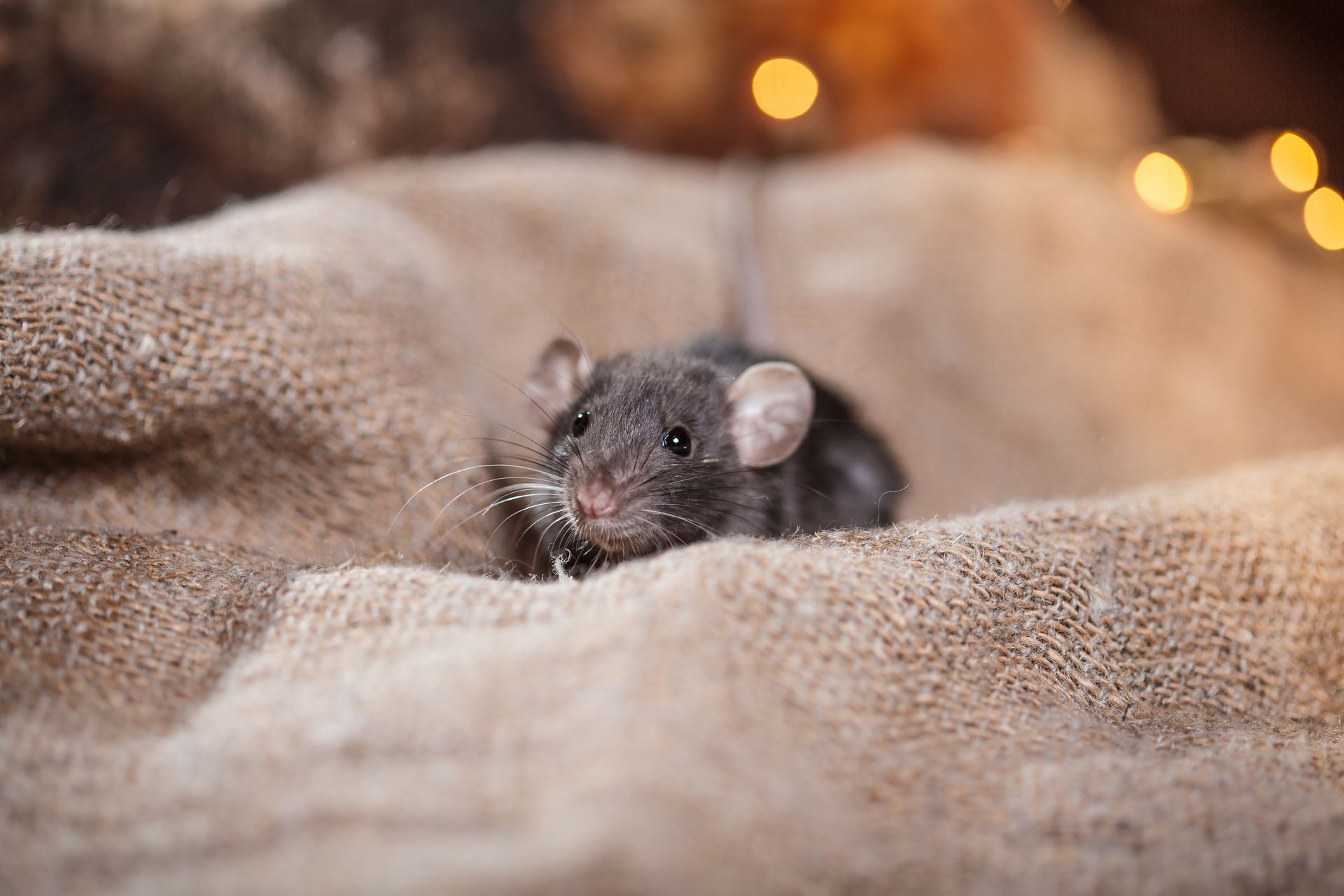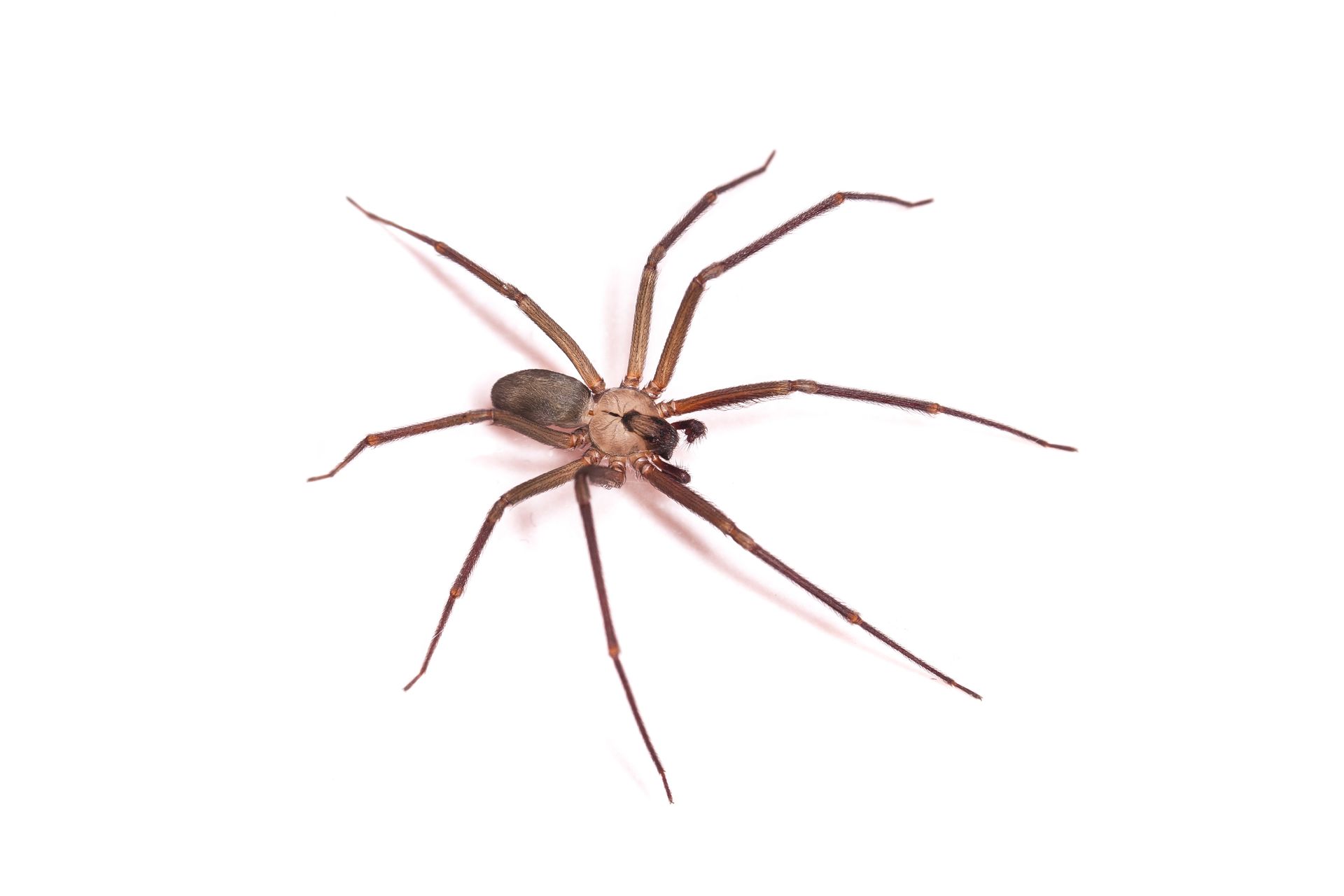5 Common Reasons Pests Invade Your Home
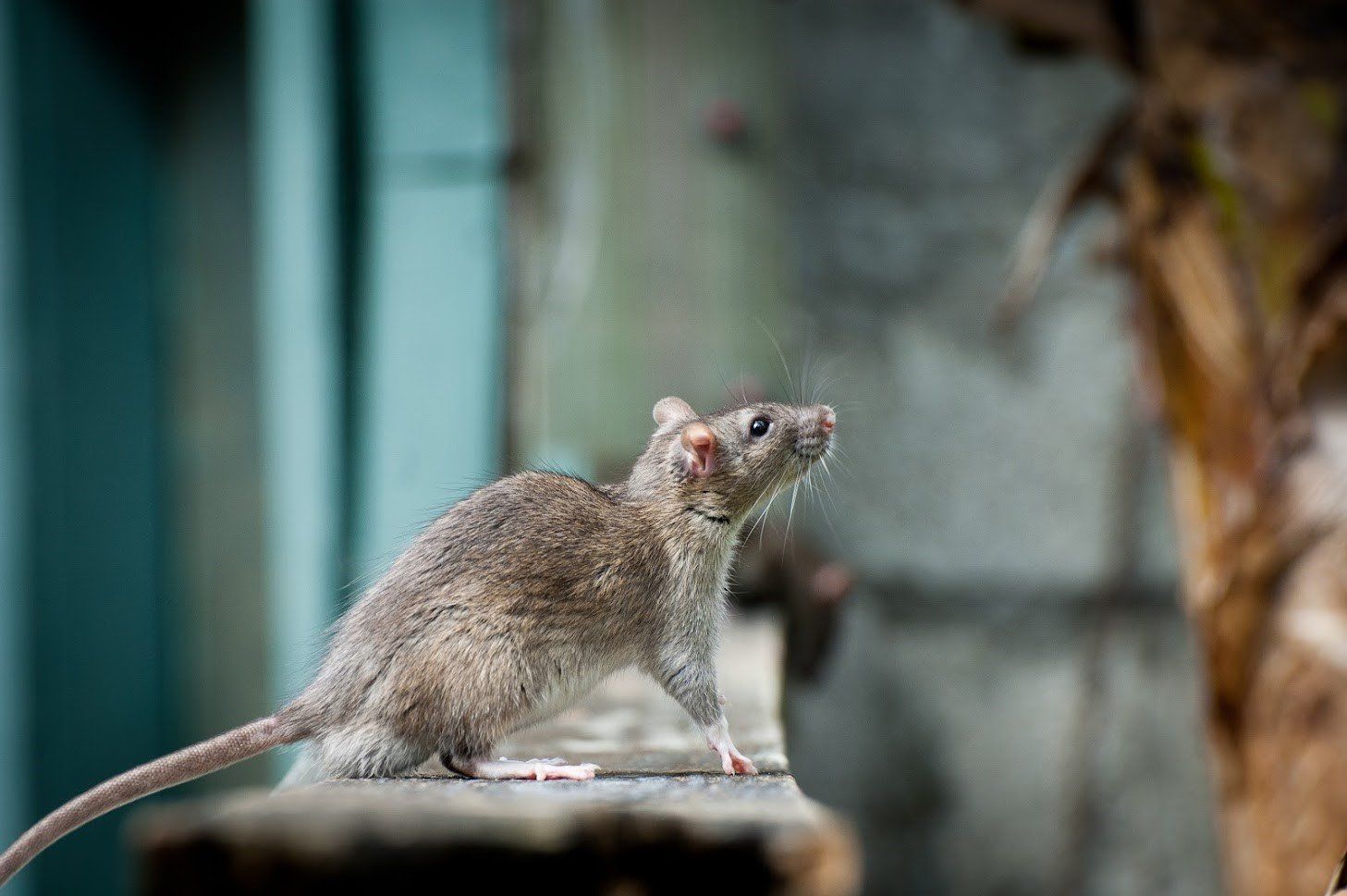
When you first discover a pest problem, you may feel discouraged and wonder how these invasive inhabitants found their way indoors. However, pests seek out many places to take up residence for a variety of reasons.
If you have an influx of indoor pests, you have several factors to consider for their increase in presence. Take a look at some of the most common reasons for an indoor pest infestation.
1. Food
The diet of most pests can be vast, but many of their favorite meals can be inside of your home. Even if pests do not directly invade your pantry, they could live on the drops, spills, crumbs, and messes on your kitchen floor. As well, some pests are less than discerning with their next meal and will feed on many natural fibers, garbage, or other non-food items.
Some pests even feast on other insects, both living and dead, so the presence of one indoor pest infestation could even indicate you have an additional pest problem in your midst. Keep an eye out around the house for any morsels of food that could act as unintentional pest magnets.
2. Water
Leaky pipes, bowls of water for your four-legged friends, and even the drips from a faulty faucet can entice bothersome bugs — especially those who are attracted to moist, damp areas. Standing water can attract pests of all kinds, but even overly humid areas in your home can draw in unwanted intruders.
3. Clutter
That old pile of winter coats you forgot to store at the end of last season could, unfortunately, harbor unwelcome houseguests. Most pests prefer to stay hidden out of sight, so any household clutter you have lying around untouched provides the perfect hideout for a variety of intruders.
Additionally, a large number of household invaders, from rodents to some spiders, are nocturnal. A pile of debris, an old box of magazines, a hole in the baseboards obscured by storage containers, and a dark cabinet of clutter all can serve as ideal residences for pesky trespassers.
4. Seasonal Changes
With the change of each season comes a variety of pest problems unique to each time of year. Pests watch the weather and make an appearance when the time is right to do so. Many populations seem to materialize during their mating seasons, when natural food sources are at an all-time high, or when foliage thickens to provide adequate outdoor shelters.
Though most people associate spring and summer with pests, indoor infestations may actually increase when the temperatures begin to drop outside. As the weather gets cooler, pests run for cover to the nearest, safest spot they can find, and much of the time your home is a target.
5. Entry Points
Various pests, from large rodents to tiny ants, could sneak into your space through small gaps in your foundation, cracks in the windows, or holes in worn-out weather stripping. Pests only need a surprisingly small gap to crawl through, so even a tiny hole in your baseboards could grant entry to a few pests that could settle in and grow into an impressive colony of uninvited bugs, rodents, or spiders.
If pests have become a problem in your home, do not wait to take action on your own. Professional pest control experts have the tools, skills, and knowledge to evict unwanted pests and prevent future infestations, too.
Call the professionals at Pass Pest Control for an estimate today. We look forward to meeting with you and ensuring your home has the protection it needs against unwanted pests. Let us know what questions or concerns you may have.

